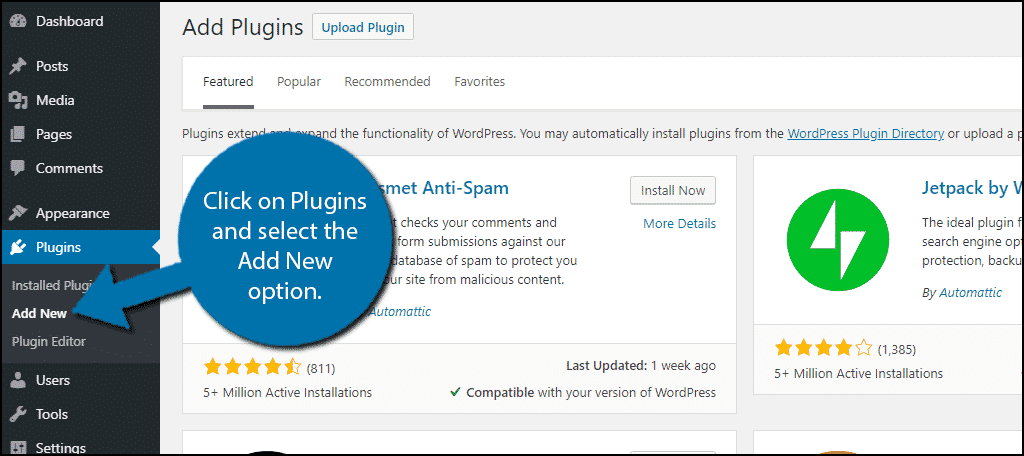Introduction
In this digital landscape where data reigns supreme, extracting meaningful insights from IoT devices has become increasingly crucial. ThingSpeak, a cloud-based IoT platform, offers a robust solution for collecting, storing, and analyzing data from sensors and devices. This comprehensive guide will empower you with the knowledge and techniques to seamlessly retrieve numeric values from ThingSpeak and integrate them into your website, unlocking a world of data-driven possibilities.

Image: www.greengeeks.com
Understanding Numeric Values in ThingSpeak
ThingSpeak stores data in channels, each of which contains a collection of fields, including numeric values. These values can represent real-time measurements such as temperature, humidity, or sensor readings, providing a direct link to your physical devices. The key to accessing these values lies in understanding ThingSpeak’s API architecture and utilizing the appropriate HTTP requests.
Step-by-Step Guide to Retrieving Numeric Values
-
Create a ThingSpeak Account and Channel: Register for a free ThingSpeak account and create a channel to store your sensor data. Note the channel’s ID, which you’ll need in subsequent steps.
-
Configure API Key: Generate an API key from your ThingSpeak account. This key is essential for authenticating your HTTP requests.
-
Build the HTTP Request: Construct an HTTP GET request following the following format:
https://api.thingspeak.com/channels/[channel_id]/fields/[field_id]Replace [channel_id] with your channel’s ID and [field_id] with the ID of the field containing the numeric values.
-
Set HTTP Headers: Include the following headers in your request:
Content-Type: application/json Accept: application/json -
Execute the Request: Send the HTTP request using the programming language of your choice. Popular languages like Python, Java, and JavaScript offer easy-to-use HTTP libraries for this purpose.
-
Parse the Response: The response from ThingSpeak will be in JSON format. Parse this JSON to extract the “value” field, which contains the numeric value you seek.
Integrating Numeric Values into Your Website
Once you have successfully retrieved the numeric values from ThingSpeak, you can integrate them into your website using various methods:
-
HTML and JavaScript: Use JavaScript to send asynchronous HTTP requests to ThingSpeak’s API. Display the retrieved values on your website’s HTML elements in real-time.
-
Web Frameworks: Integrate with popular web frameworks like Flask or Django to create a robust web application that dynamically displays numeric values.
-
Data Visualization Tools: Leverage data visualization libraries like D3.js or Chart.js to create interactive charts and graphs that visually represent the numeric values, enhancing user comprehension.

Image: mathematica.stackexchange.com
Expert Insights and Actionable Tips
-
Optimize for Real-Time: When working with live sensor data, implement caching mechanisms to minimize the number of API requests and ensure timely updates on your website.
-
Handle Errors Gracefully: Develop error handling mechanisms to provide informative messages to users in case of failed data retrieval attempts.
-
Consider Security: Ensure the integrity of your data by using secure HTTP requests and appropriate authentication mechanisms to prevent unauthorized data access.
How To Get Numeric Values On A Website From Thingspeak
Conclusion
Harnessing numeric values from ThingSpeak and integrating them into your website opens up a realm of data-driven possibilities. By following the practical steps outlined in this guide, you can unlock real-time insights, empower data-centric applications, and enhance your website’s user experience. Embark on this journey of data integration today and discover the transformative power of sensor data at your fingertips.